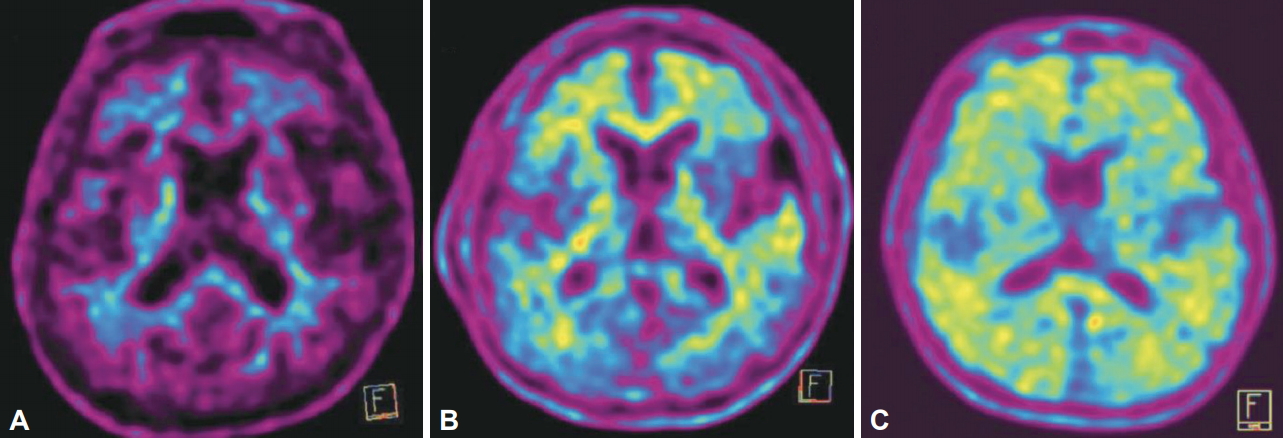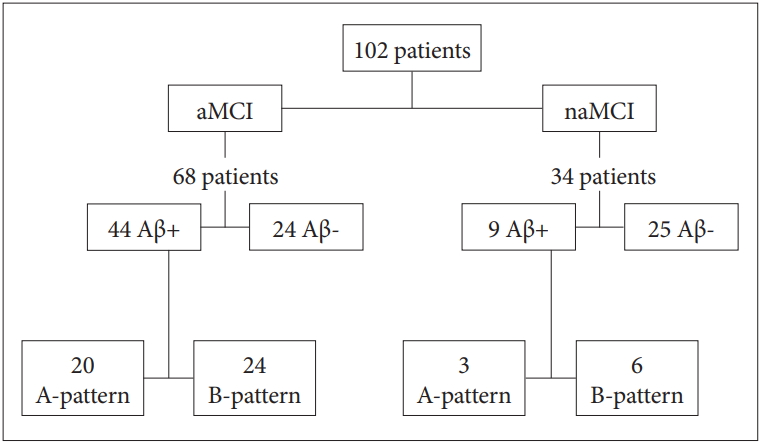1. Winblad B, Palmer K, Kivipelto M, Jelic V, Fratiglioni L, Wahlund LO, et al. Mild cognitive impairment-beyond controversies, towards a consensus: report of the International Working Group on Mild Cognitive Impairment. J Intern Med 2004;256:240-246.


2. Petersen RC, Morris JC. Mild cognitive impairment as a clinical entity and treatment target. Arch Neurol 2005;62:1160-1163.


3. Gauthier S, Reisberg B, Zaudig M, Petersen RC, Ritchie K, Broich K, et al. Mild cognitive impairment. Lancet 2006;367:1262-1270.


5. Roberts R, Knopman DS. Classification and epidemiology of MCI. Clin Geriatr Med 2013;29:753-772.


6. Nordlund A, Rolstad S, Klang O, Edman A, Hansen S, Wallin A. Two-year outcome of MCI subtypes and aetiologies in the Goteborg MCI study. J Neurol Neurosurg Psychiatry 2010;81:541-546.


7. Mitchell J, Arnold R, Dawson K, Nestor PJ, Hodges J. Outcome in subgroups of mild cognitive impairment (MCI) is highly predictable using a simple algorithm. Neurology 2009;256:1500-1509.


8. Rasquin S, Lodder J, Visser P, Lousberg R, Verhey F. Predictive accuracy of MCI subtypes for Alzheimer’s disease and vascular dementia in subjects with mild cognitive impairment: a 2-year follow-up study. Dement Geriatr Cogn Disord 2005;19:113-119.


10. Jiménez-Bonilla JF, Banzo I, De Arcocha-Torres M, Quirce R, MartínezRodríguez I, Lavado-Pérez C, et al. Diagnostic role of 11C-Pittsburgh compound B retention patterns and glucose metabolism by fluorine-18-fluorodeoxyglucose PET/CT in amnestic and non-amnestic mild cognitive impairment patients. Nucl Med Commun 2016;37:1189-1196.


11. Banzo I, Jimenez-Bonilla JF, Martinez-Rodriguez I, Quirce R, de Arcocha-Torres M, Bravo-Ferrer Z, et al. Patterns of 11C-PIB cerebral retention in mild cognitive impairment patients. Rev Esp Med Nucl Imagen Mol 2016;35:171-174.


13. Petersen RC. Mild cognitive impairment as a diagnostic entity. J Intern Med 2004;256:183-194.


14. Petersen RC, Doody R, Kurz A, Mohs RC, Morris JC, Rabins PV, et al. Current concepts in mild cognitive impairment. Arch Neurol 2001;58:1985-1992.


15. Lee DY, Lee KU, Lee JH, Kim KW, Jhoo JH, Kim SY, et al. A normative study of the CERAD neuropsychological assessment battery in the Korean elderly. J Int Neuropsychol Soc 2004;10:72-81.


16. Lee JH, Lee KU, Lee DY, Kim KW, Jhoo JH, Kim JH, et al. Development of the Korean version of the Consortium to Establish a Registry for Alzheimer’s Disease Assessment Packet (CERAD-K) clinical and neuropsychological assessment batteries. J Gerontol B Psychol Sci Soc Sci 2002;57:47-53.

17. Morris JC. The Clinical Dementia Rating (CDR): current version and scoring rules. Neurology 1991;41:1588-1592.


19. Sabri O, Seibyl J, Rowe C, Barthel H. Beta-amyloid imaging with florbetaben. Clin Transl Imag 2015;3:13-26.


20. Busse A, Hensel A, Gühne U, Angermeyer M, Riedel-Heller S. Mild cognitive impairment: long-term course of four clinical subtypes. Neurology 2006;67:2176-2185.













